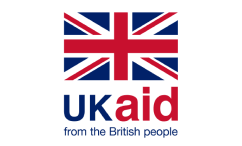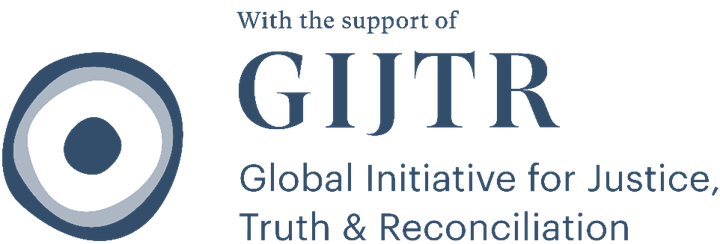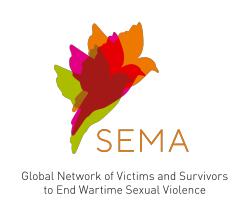...the Parties to the conflict concerned’, the ICRC may ‘undertake humanitarian activities for the protection of wounded and sick, medical personnel and chaplains, and for their relief’.5 In the event of non-international armed conflict, the ICRC may similarly ‘offer its services to the Parties to the conflict’.6 Beyond direct humanitarian action, the ICRC is tasked with working for the understanding and dissemination of knowledge of IHL and preparing ‘any development thereof’.7 Where an obligation in......enforced prostitution and any form of indecent assault’,11 as well as ‘rape, forced prostitution and any other form of assault.12 Article 4(2)(e) of Additional Protocol II, which is applicable to non-international armed conflicts (NIAC), prohibits ‘outrages upon personal dignity, in particular humiliating and degrading treatment, rape, enforced prostitution and any form of indecent assault’. However, the customary international law status of Additional Protocol II is contested and not all States are Parties. States that have......of International Armed Conflicts (Geneva, 8 June 1977) (API) Protocol Additional to the Geneva Conventions of 12 August 1949, and relating to the Protection of Victims of Non-International Armed Conflicts (Geneva, 8 June 1977) (APII) Customary International Humanitarian Law J M Henckaerts and L Doswald-Beck, Customary International Humanitarian Law, Volume I: Rules (ICRC and Cambridge University Press 2005) (Customary IHL Study) Note to reader Because IHRL applies in armed conflict alongside IHL and, importantly, provides...

 EN
EN FR
FR ES
ES UK
UK



